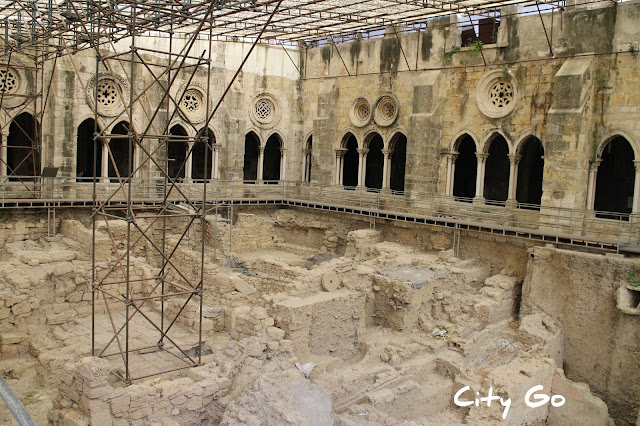Vila Viçosa, Portugal
Vila Viçosa was founded during the reign of King D. Afonso III, who granted it a charter in 1270. Later it was gifted to Portugal's Constable, D. Nuno Álvares Pereira, for his role in the Battle of Aljubarrota, which was determinant for the kingdom's independence.


During the reign of King D. Manuel I the town became the seat of the House of Bragança, descendants of D. Nuno who had been exiled from the country by the previous king, due to their influence and wealth. The town was granted a new charter in 1512.

The Duke of Bragança eventually ordered a palace to be built as the old medieval castle had been remodelled to be used exclusively for military purposes and was thus an uncomfortable residence.

During the Spanish rule, Vila Viçosa was the seat of the largest ducal court of the Iberian Peninsula. In 1640 the Duke of Bragança declared the independence of Portugal from Spain and became the first king of the fourth dynasty. He consecrated the crown of Portugal to the Virgin Mary in the church of Santa Maria do Castelo and the Portuguese monarchs never again wore the crown on their heads.

However, from the 17th century on, the town slowly decayed, first because the Dukes left and after that due to a series of unfortunate events mainly the earthquake of 1755, which caused great destruction, and the French Invasions in the early 19th century.

It was only in the 20th century, with the marble quarries and the development of tourism, that the town once again prospered.

How to go: The fastest way to go is by car, which will take about 2 hours from Lisbon; if you go by public transport you can take the train either to Evora (more options) or Elvas and then take the bus to Vila Viçosa. If you go by public transports take a few days to see all the lovely cities and towns in this region of Alentejo.
What to see:
Castle
Church of Santa Maria do Castelo
Church of Sao João Evangelista






Comments
Post a Comment